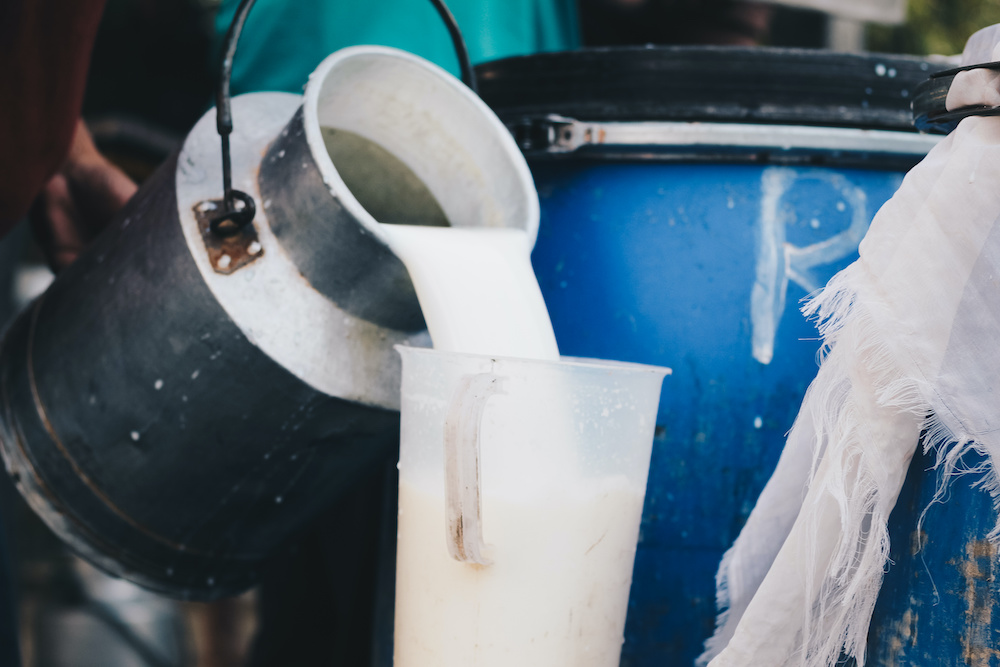EIPH sees increase of illness likely associated with drinking raw milk
Published at | Updated at
The following is a news release from Eastern Idaho Public Health.
IDAHO FALLS — Eastern Idaho Public Health is seeing an increase of cases of Campylobacter illness which is likely associated with drinking unpasteurized (raw) milk.
We are working in conjunction with the Idaho State Department of Agriculture (ISDA) and Idaho Department of Health and Welfare (IDHW) in educating dairies and the public about the inherent risks of consuming raw dairy products, including milk.
Consuming raw, unpasteurized dairy products increase the risk of foodborne illnesses including Campylobacter, E. coli, Salmonella, and Listeria.
Providing raw dairy products to family members, particularly those considered members of high-risk groups, can be dangerous and in some rare cases, fatal. Those at higher risk of illness after consuming raw, unpasteurized milk include young children, teenagers, pregnant women, the elderly, and those with compromised immune systems from diseases such as HIV/AIDS, cancer, and diabetes.
Campylobacter is the most common bacterial cause of diarrheal illness in the United States affecting 1.5 million residents every year. Common symptoms of Campylobacter infection include diarrhea (often bloody), fever, and stomach cramps. Nausea and vomiting may accompany the diarrhea. These symptoms typically start two to five days after the person ingests Campylobacter and lasts approximately one week.
If a person is experiencing these symptoms after the consumption of raw dairy products, seek medical attention.
To avoid illness from Campylobacter:
- Drink pasteurized milk and treated water
- Wash your hands thoroughly particularly before preparing or eating food, after using the toilet, after changing diapers, and after touching pets or other animals
- Keep raw poultry away from other foods
- Cook food to the correct temperature
For more information about Campylobacter, please go here: https://www.cdc.gov/campylobacter/index.html.


